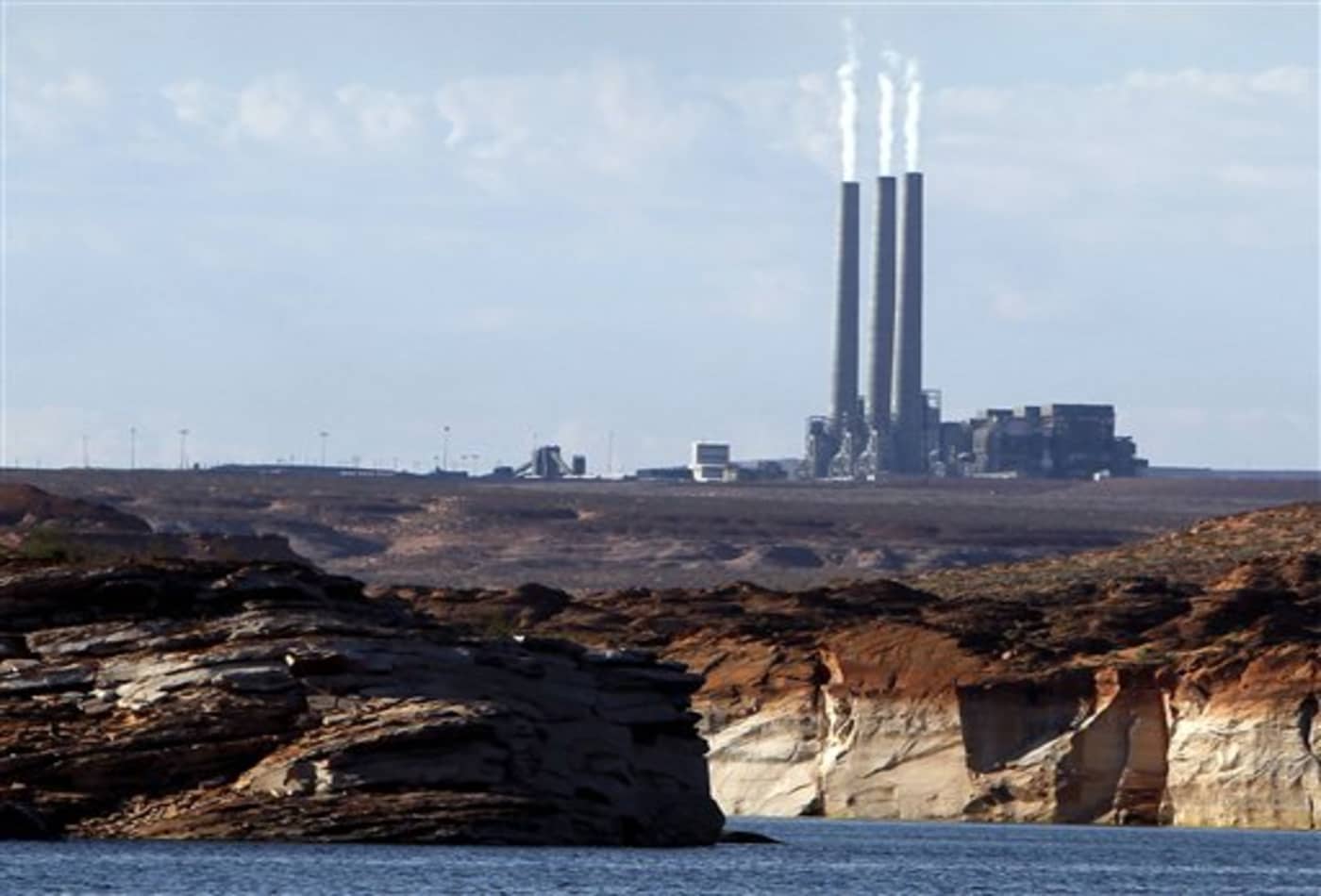This post was originally published on this site
FILE – In this Sept. 4, 2011 file photo shows the main plant facility at the Navajo Generating Station, from Lake Powell, in Page, Ariz. Two environmental groups are asking a federal court to set a deadline for the U.S. Environmental Protection Agency to issue mandates for pollution controls at two power plants, including Four Corners, on the Navajo Nation.(AP Photo/Ross D. Franklin, file)
Ross D. Franklin
After nearly 50 years in operation, one of the largest coal-fired power plants in the Western United States shut its doors for good on Monday.
The Navajo Generating Station, a 2,250-megawatt plant located in Arizona and operated by Salt River Project, ceased operations just after 12 p.m. local time on Monday.
The “difficult but necessary” decision to close the plant was made in early 2017, after the owners determined that it was uneconomical to continue operating.
A press release cited the “changing economics of the energy industry” against a backdrop that has seen “natural gas prices sink to record lows along with the growth of economical renewable resources.”
The decommissioning of the plant has begun. It’s expected to take three years to complete and cost the owners $150 million.
The plant closure is the latest casualty in the coal industry as consumers shift to cheaper and cleaner sources of power. At least eight coal companies have filed for bankruptcy this year, most recently Murray Energy, which was once the nation’s largest privately held coal company. Since 2010, more than 540 coal-fired plants have closed.
Last year, demand for coal fell to its lowest level in 40 years, according to the US Energy Information Administration, with coal production dropping to its second lowest level since 1978. In April, for the first time ever, renewable energy sources such as solar and wind farms provided more of the US’ electricity than coal, according to the U.S. Energy Information Administration.
This comes despite promises by President Donald Trump to revive the industry. At a campaign rally in West Virginia last year, he declared that “the coal industry is back.”




